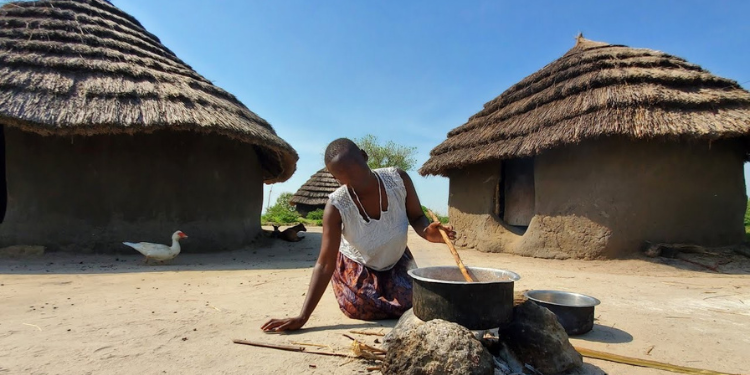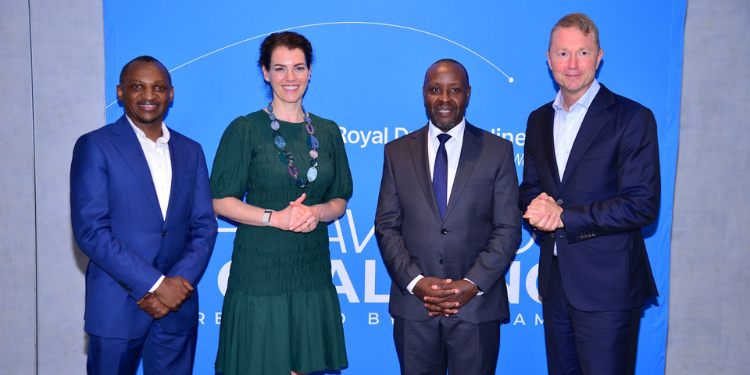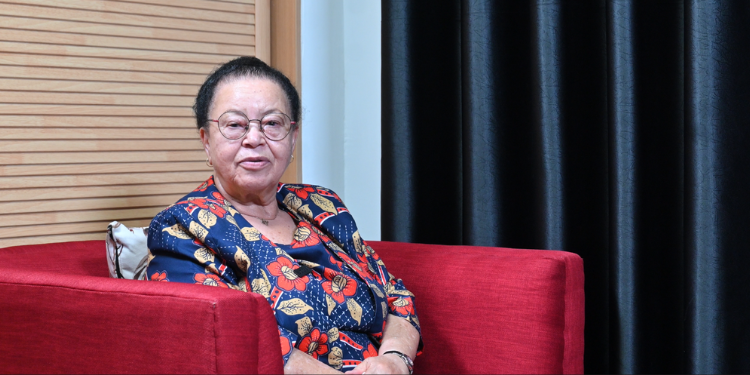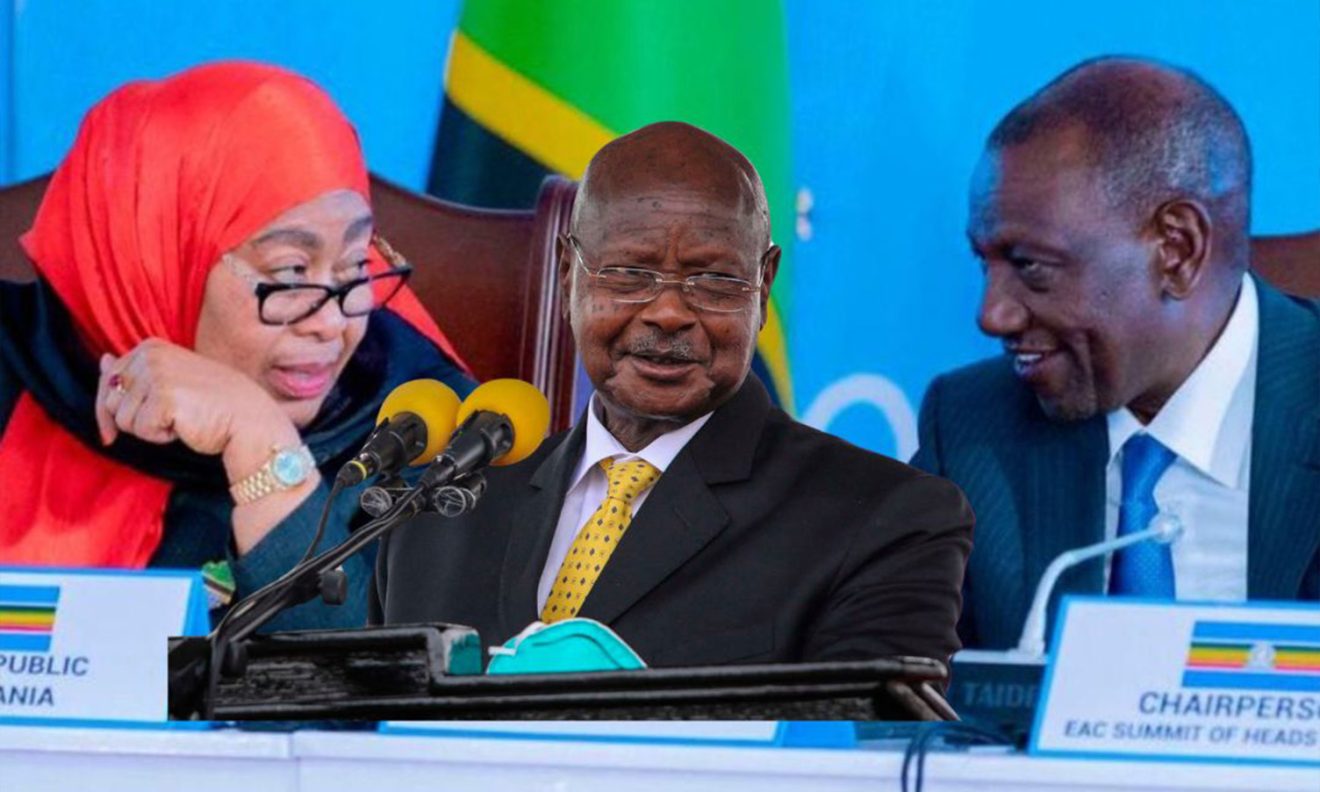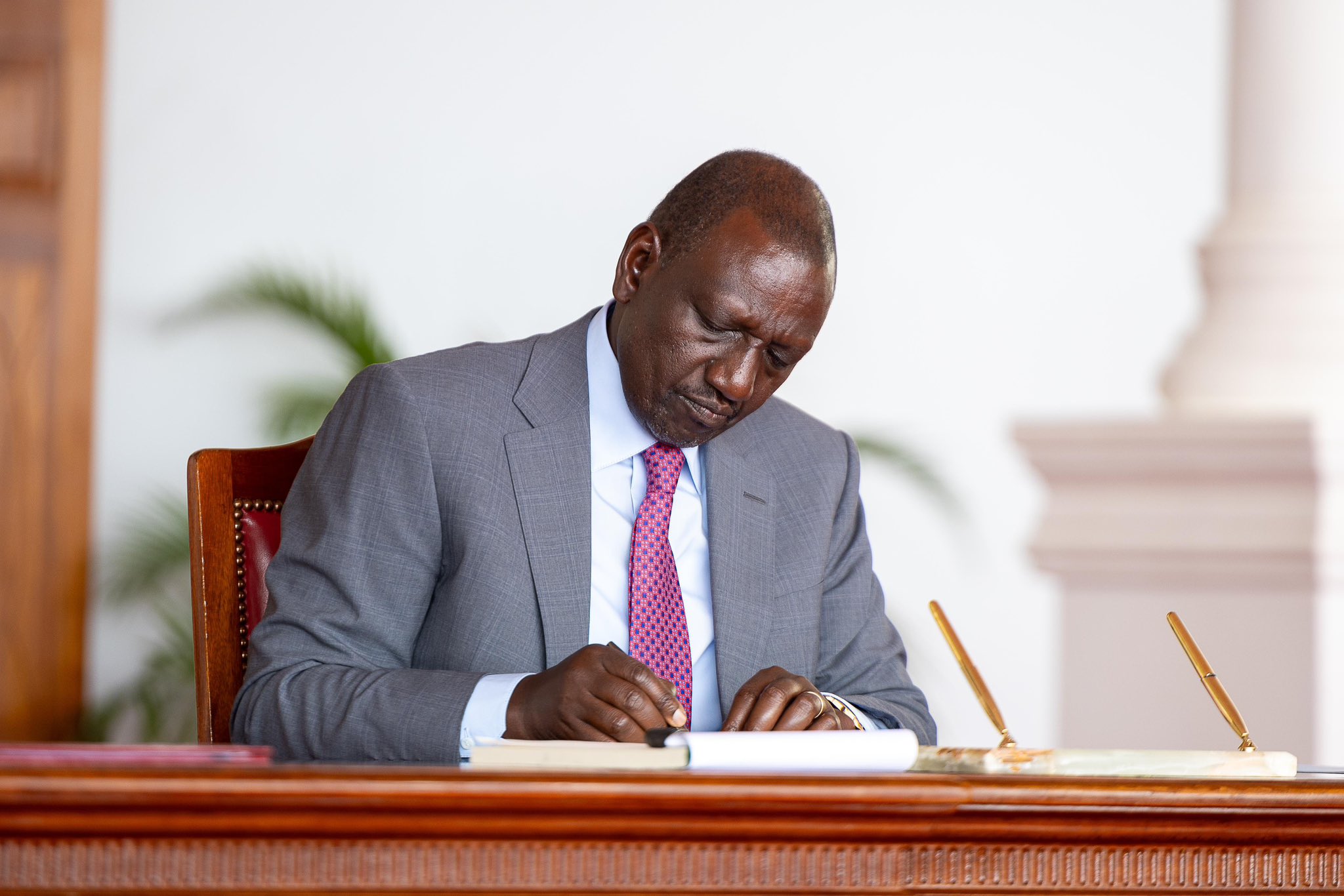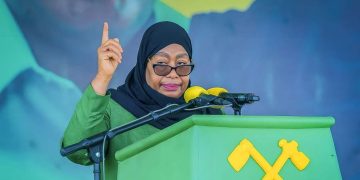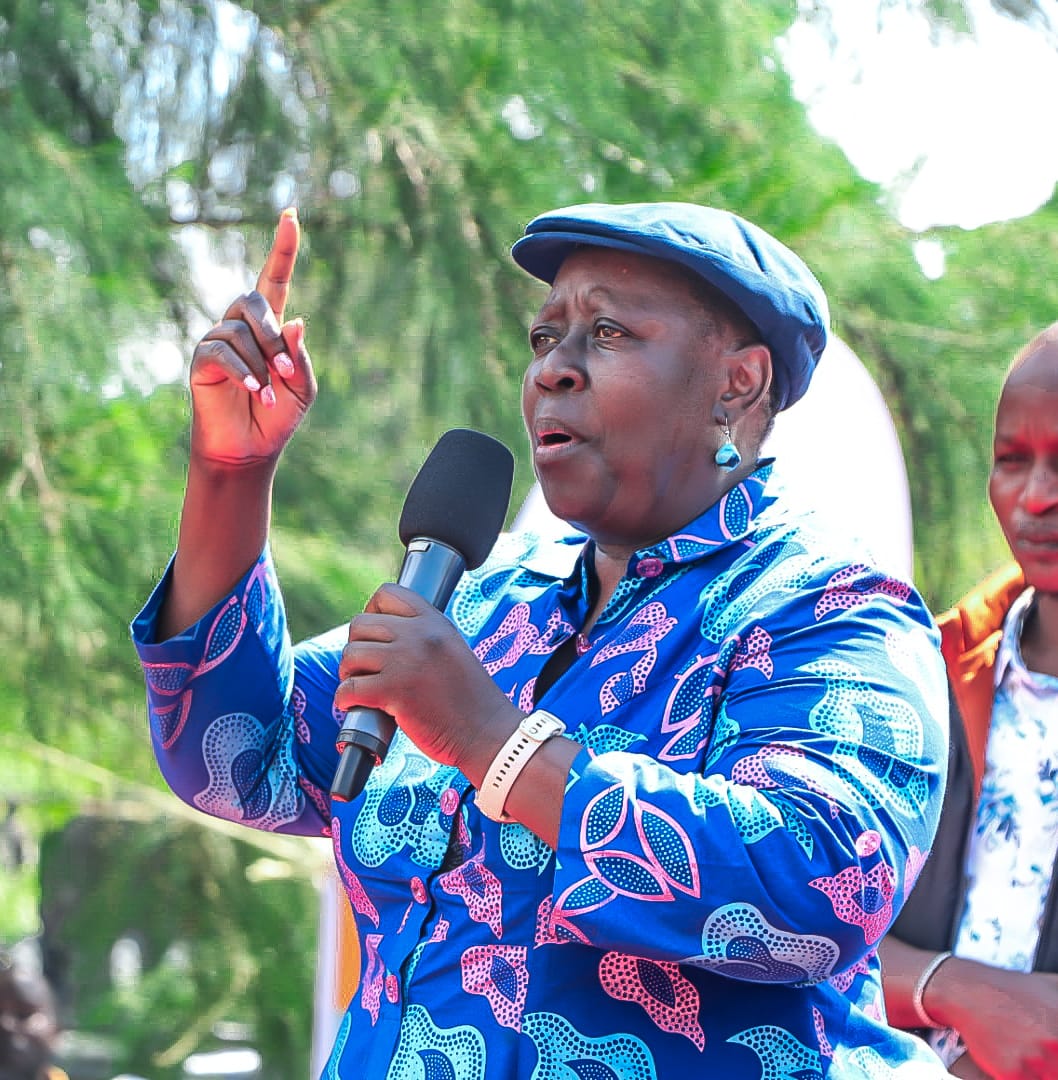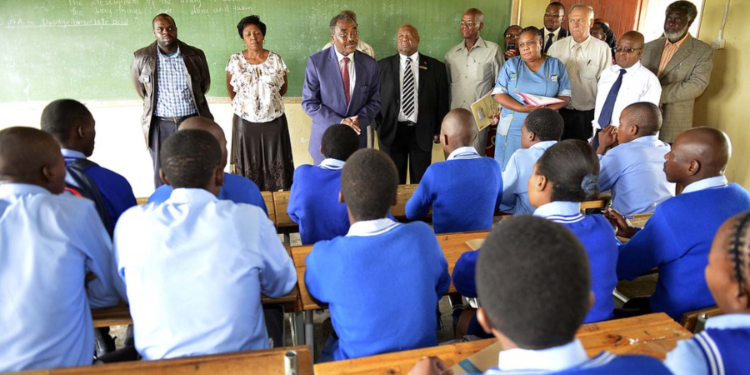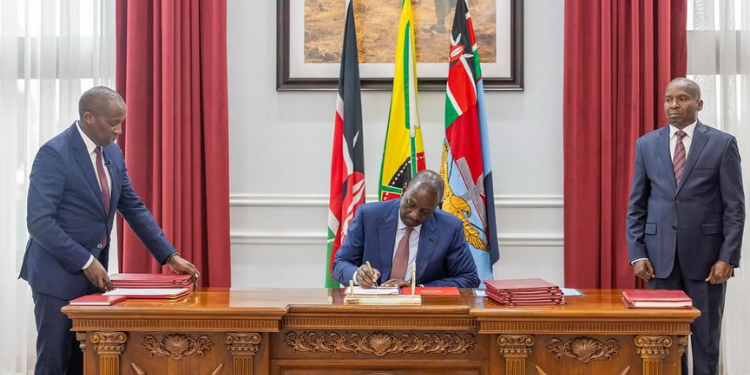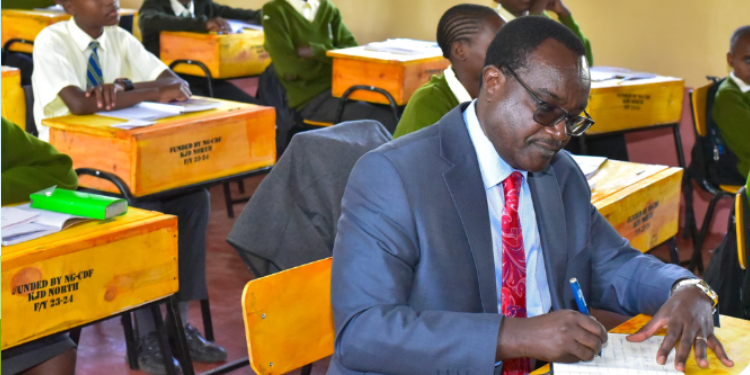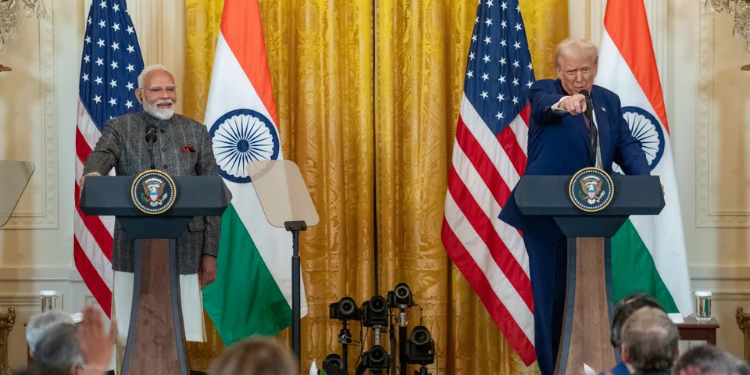Formal negotiations for a U.S.–India Bilateral Trade Agreement began in March 2025, according to India’s Ministry of Commerce. The goal was to finalize the first phase by October or November.
On April 2, at 10:00 a.m. EDT, President Donald Trump declared his intention to levy a 26% tariff on all Indian goods, calling out what he described as the country’s “strenuous and obnoxious” non-monetary trade barriers. The White House deferred implementation until August 1 to allow further talks.
Talks continued through July but stalled without resolution. At 11:02 a.m. EDT on July 31, Trump confirmed the imposition of a 25% tariff, effective 12:00 a.m. EDT on August 1. He added that an additional penalty would apply, targeting India’s continued purchases of Russian oil and military equipment. The White House said no exemptions or deadline extensions would be granted.
At 1:05 p.m. EDT, the Indian Ministry of Commerce and Industry released a statement in Parliament. Commerce Minister Piyush Goyal stated that the government was reviewing the tariff’s impact and had begun consultations with exporters and stakeholders.
Speaking again at 1:14 p.m., Goyal said India would “take all necessary steps” to safeguard national interests. The announcement marked a shift in trade relations between the two countries. The U.S. was India’s top trading partner for goods through FY2024–25, with bilateral trade totaling $186 billion.
Russian oil trade cited as key factor in tariff decision
On July 31, 1:45 p.m. EDT — U.S. officials on Wednesday linked India’s ongoing purchases of Russian oil and defense equipment to the new 25% tariff imposed by President Donald Trump.
The White House cited these sales as undermining U.S. sanctions aimed at isolating Moscow following its invasion of Ukraine.
At 12: 53 p.m. EDT, Secretary of State Marco Rubio, in an interview on Fox Radio, said India’s purchases of Russian oil are “most certainly a point of irritation” in the bilateral relationship.
“They’re helping to sustain the Russian war effort,” Rubio said. He acknowledged India’s energy requirements but called the continued purchases “unfortunate.”
Rubio also said disagreements were expected between allies but emphasized the strategic implications.
“There are plenty of other vendors,” he said.
11: 37 a.m. EDT: President Trump, in a tweet on Truth Social, said that India “will therefore be paying a tariff of 25%, plus a penalty” starting on Aug. 1. He also pointed to the country’s military and energy ties with Russia as part of his reasoning. The nature and rate of the penalty were not disclosed.
Trump separately criticized India’s membership in the BRICS bloc, calling it an “anti-American group” during remarks at a press event. No evidence has been presented by the administration linking BRICS policies to any coordinated action against the U.S. economy.
India has not issued a public statement on the Russian oil issue. New Delhi has previously defended its purchases as price-driven and necessary for national energy security.
Tariff follows months of stalled negotiation and growing U.S. frustration
WASHINGTON, July 31, 11:59 p.m. EDT — The 25% tariff on Indian goods is set to take effect at midnight, following four months of unresolved trade talks and rising tension over India’s energy relationship with Russia. The decision came after earlier plans for a 26% levy, announced April 2, were held back to allow time for diplomatic engagement.
Talks opened in March 2025 after Indian Prime Minister Narendra Modi’s February visit to Washington. Indian officials described the framework as a potential “just, balanced and mutually beneficial” agreement. Core issues included digital trade, agricultural access, and India’s regulatory restrictions on foreign goods.
On July 30, White House economic adviser Charles Whitman said President Trump remained dissatisfied with the pace of progress. Treasury Secretary Scott Bessent, speaking on CNBC on the same day at 4: 15 p.m. EDT, said India had been “slow-rolling” negotiations and condemned its purchase and re-sale of Russian crude.
The administration confirmed on July 31 that the tariff would proceed as scheduled, reduced from the initial 26% to 25%, but with a penalty to be assessed separately. The additional charge targets India’s military and energy purchases from Russia. No details were released by the U.S. Trade Representative or Treasury.
The tariff will apply to all Indian goods not covered under existing bilateral exemptions. Separate tariff bands announced this week place Vietnam at 20%, Indonesia and the Philippines at 19%, and Japan at 15%. India is the only country to receive an additional penalty. India’s commerce ministry reported a $41 billion goods trade surplus with the U.S. for FY2024–25.
Key export sectors face exposure as India weighs next steps
NEW DELHI, July 31, 11:30 p.m. EDT — Several of India’s top export sectors face immediate exposure under the 25% U.S. tariff set to take effect at midnight. Officials in New Delhi have begun reviewing the potential economic impact, with no retaliatory action announced as of this evening.
At 8:35 a.m. EDT on July 31, Commerce Minister Piyush Goyal told the Lok Sabha that consultations were underway with exporters, trade bodies, and industry representatives. He added that the government would “take all necessary steps” to safeguard national interest.
Top goods that India exports to the U.S. include pharmaceuticals ($8.1 billion), telecom instruments ($6.5 billion), and precious stones ($5.3 billion), according to FY2024–25 data from the Ministry of Commerce. Other categories likely to be affected include textiles, auto components, and industrial machinery.
Pharmaceutical firms have downplayed the risk to Indian manufacturers, pointing to supply chain dependencies on the U.S. side.
The Apparel Export Promotion Council has begun coordinating with the government to assess tariff-related disruptions. India’s electronics sector, which includes mobile components and semiconductors, has been granted a two-week review period under a U.S. trade waiver. That grace window expires August 15.
Indian stock markets are expected to open lower on August 1 following the tariff order.
No formal estimate has been released by India’s finance ministry, but private forecasts suggest GDP growth could be reduced by up to 30 basis points in the near term if the tariffs remain in force through year-end.
No exemption for India as Trump links tariffs to global realignment
WASHINGTON, July 31, 1:00 p.m. EDT — President Donald Trump on Wednesday ruled out any tariff exemption for India, framing the 25% levy and additional penalties as part of a broader realignment of U.S. trade and foreign policy.
The announcement followed weeks of stalled talks and coincided with new U.S. initiatives involving Pakistan and other Asian economies.
At 10:28 a.m. EDT, Trump posted on Truth Social that the United States had reached a deal with Pakistan to develop what he described as “massive oil reserves.” He added, “Who knows, maybe they’ll be selling oil to India someday.”
The president also confirmed that India’s membership in BRICS factored into his tariff decision. “It’s an anti-American group,” he said, referring to the bloc of Brazil, Russia, India, China, and South Africa.
No supporting evidence was offered by the administration linking BRICS activities to hostile intent toward the U.S.
In the same session, Trump threatened new actions against pharmaceutical companies, warned the Federal Reserve over interest rates, and issued letters to drugmakers demanding price cuts.
The White House press office released a statement at 12:15 p.m. saying the president’s trade measures were designed to “reassert U.S. global leadership in the face of imbalance and non-cooperation.”
India signals commitment to diplomacy, avoids immediate retaliation
NEW DELHI, July 31, 7:00 p.m. EDT — India has not announced any retaliatory measures in response to the 25% U.S. tariff set to take effect shortly, instead signaling a continued commitment to dialogue.
In a statement issued by the Ministry of Commerce and Industry on July 31 at 8:30 a.m. EDT, the government said it is “studying the implications” of the tariff order and remains engaged in negotiations.
Also Read: How Europe Plans to Respond to U.S. Tariffs in 2025
During remarks to Parliament Commerce Minister Piyush Goyal said India would act in the national interest and continue discussions with U.S. officials. “We are consulting all stakeholders, including exporters, MSMEs, and industry groups,” he said. No counter-tariffs or trade restrictions were introduced during the parliamentary session.
At 8:52 a.m. EDT, Goyal cited India’s economic trajectory, stating that the country had moved from the “Fragile Five” to one of the world’s five largest economies within a decade. He told lawmakers that the government would protect sectors critical to domestic employment and manufacturing.
The ministry confirmed that bilateral trade negotiations, initiated in March 2025, would proceed despite the tariff move. India’s position, according to the minister, is to pursue a “just, balanced and mutually beneficial” agreement, even as tensions remain over defense procurement and energy imports from Russia.
As of this evening, no additional statements were issued by the Indian foreign ministry or the prime minister’s office. The government’s approach has remained restrained, focused on economic impact analysis and industry-level consultations.
Tariff marks shift in U.S. trade posture, India holds to multi-alignment approach
On July 31, 10:00 p.m. EDT — The upcoming imposition of a 25% tariff on Indian goods underscores a broader shift in the United States’ trade policy under President Donald Trump.
Also Read: As Trump Has Pulled Back From the Highest Tariffs, This Chart Shows the Economic Shock Has Eased
The move places India alongside a group of countries now facing elevated duties as part of the administration’s realignment efforts. While tariffs on Vietnam, Indonesia, and the Philippines were set between 19% and 20%, only India received an additional penalty tied to defense and energy trade with Russia.
During remarks at the White House on July 31, Trump said trade enforcement would be central to his second-term agenda. “We’ve been taken advantage of for years. That ends now,” he said at 2:15 p.m. EDT. His administration also confirmed that no country would be exempt from review, regardless of strategic ties.
India has refrained from escalating. In Parliament, Commerce Minister Piyush Goyal said India remains committed to balanced partnerships.
He pointed to the Comprehensive Economic and Trade Agreement signed earlier in the year with the U.K. and reiterated that negotiations with the U.S. were still active. India continues to pursue a multi-alignment strategy, maintaining economic relationships with the U.S., Russia, the European Union, and Gulf states.
Officials have repeatedly stated that oil and arms purchases are determined by price, logistics, and strategic needs. As of this evening, no joint statement has been issued by the two governments.
Talks remain in progress under the framework of the 2025 Bilateral Trade Agreement, though no timetable has been confirmed for the next round.
Follow our WhatsApp Channel and X Account for real-time news updates.
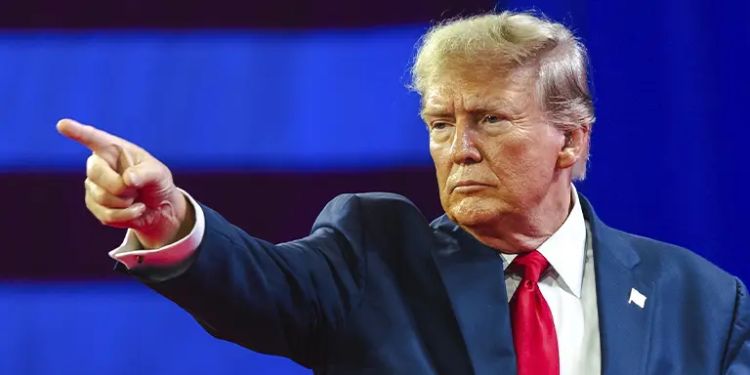

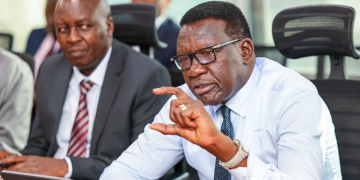



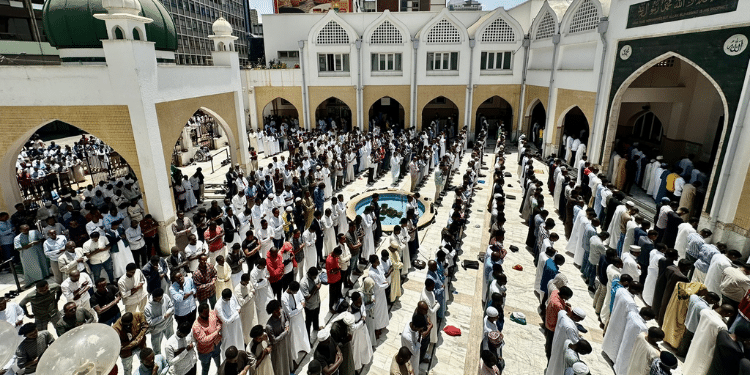


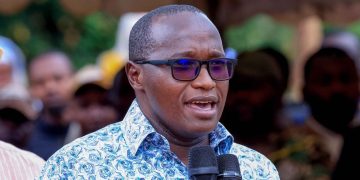




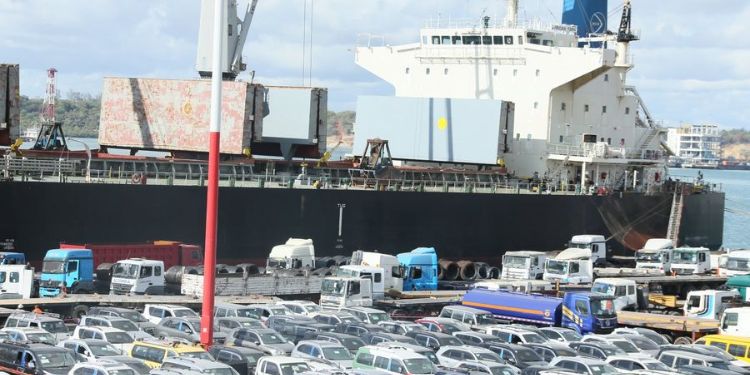



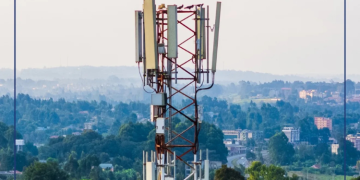
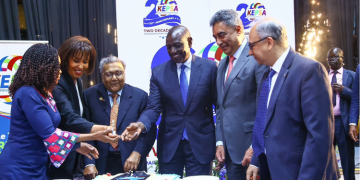


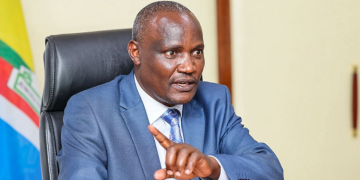


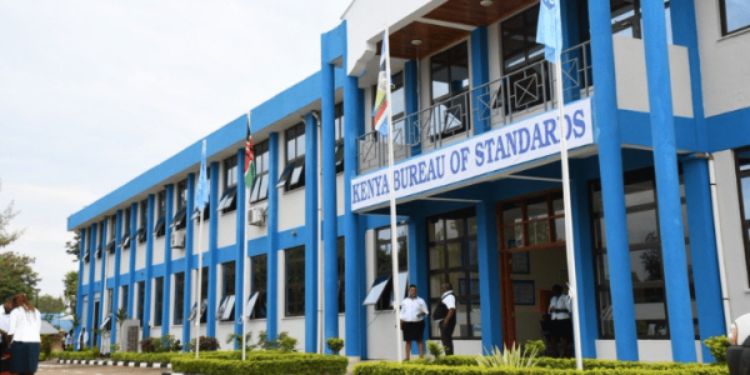





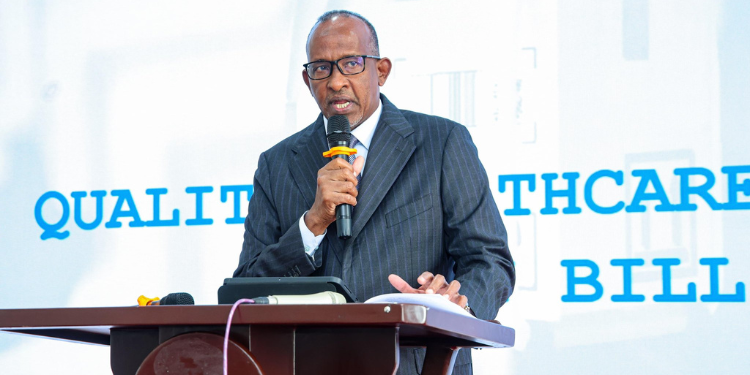





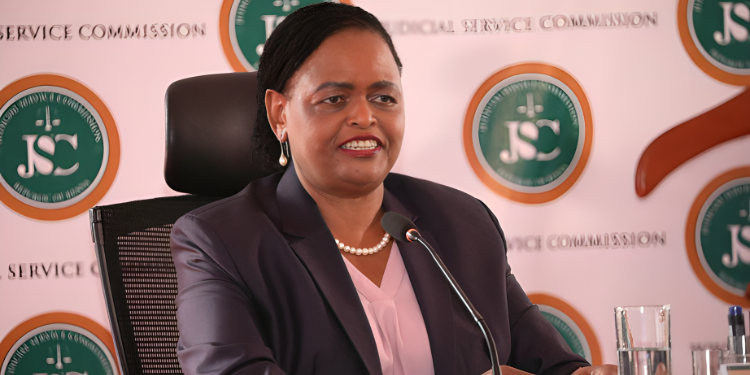

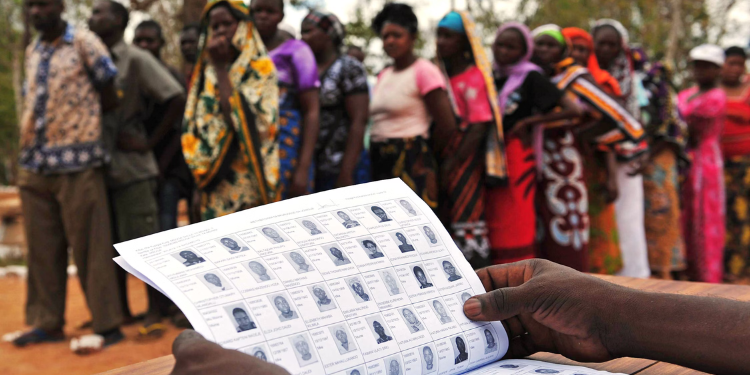






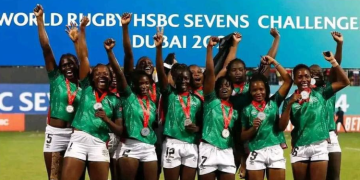





![Senator Allan Chesang And Chanelle Kittony Wed In A Colourful Ceremony [Photos] Trans Nzoia Senator Allan Chesang With Channelle Kittony/Oscar Sudi]( https://thekenyatimescdn-ese7d3e7ghdnbfa9.z01.azurefd.net/prodimages/uploads/2025/11/Trans-Nzoia-Senator-Allan-Chesang-with-Channelle-KittonyOscar-Sudi-360x180.png)





